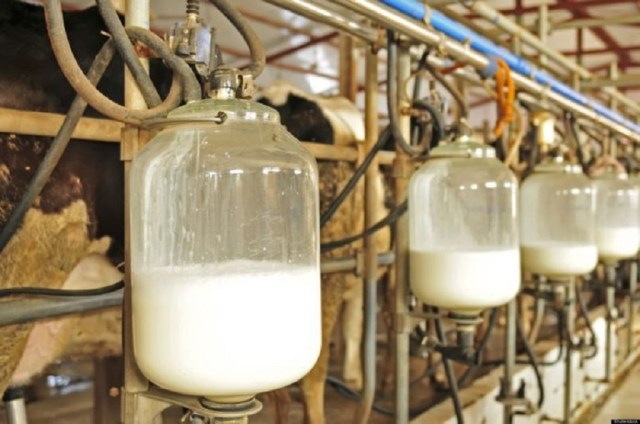Annual milk production has hit a record 3.4 billion litres as of last year from 2.5 billion litres in 2015, attaining production capacity of Kenya, which has the highest per capita milk consumption in sub-Saharan Africa, at 110 litres.
Milk production could significantly improve if Tanzania shifted focus to improved breeds. Currently there are slightly more than 1.26 million crossbreeds that contribute only 30 percent of the milk output.
Local livestock populations, mainly the shorthorn zebu cattle and small East African goats and sheep, account for the remaining 70 percent of milk production. But these have low milk production capacity that is aggravated by poor pastures/feeds and failure to observe recommended husbandry practices.
While milk production per animal (crossbreeds) has reached an average of 10 to 12 litres per cow per day, the report further revealed, the traditional short horn zebu cow is capable of producing only between 0.2 to two litres per animal per day.
“Cattle are the main milk producers, sharing over 90 percent of the total milk”, revealed a report from the ministry of Livestock Development and Fisheries.
It is estimated that 100 litres of milk provided at least four full time jobs while manure and traction supported agriculture.
The report was presented during the recent workshop held here on Recent Trends in Dairy Sector Development in East Africa.
“These and other achievements indicate positive growth of the dairy industry, now considered to be 2.3 percent,” the report reads in part.
It said that although milk obtained from other stocks of livestock – goats, sheep and camels – remain negligible, output from cows is promising.
Marketing and processing of milk has been boosted by establishment of milk collection centres at the major production zones.
Last year, over 64 million litres of the total output of 3.4 billion litres of the liquid food was collected in the 242 collection centres.
That was nearly double the 38 million litres that was sold through the milk collection centres, the report further stated.
The dairy sub sector growth has seen the increase of the processing plants across the country hitting 105 last year.
During 2022, at least a total of 212,000 litres produced daily were processed compared to 150,000 litres in 2005.
However, the dairy industry in Tanzania has been grappling with a host of challenges, notable among them low production.
The country, one of the leading in cattle population in Africa, is not self- sufficient in milk and dairy products for its 60 million human population.
The drawback, according to Mr George Masalya from the Tanzania Dairy Board has been compounded by low milk consumption.
Currently, it is estimated that the sub sector contributes only 2 percent of the nation’s total GDP and 30 percent of agricultural GDP.
Per capita milk consumption in Tanzania is estimated at 47 litres a year, behind neighbouring Kenya and Uganda which stand at 110 litres and 62 litres respectively.
This is also far below the 200 litres per capita per year as recommended by the United Nations Food and Agricultural Organization (FAO).




